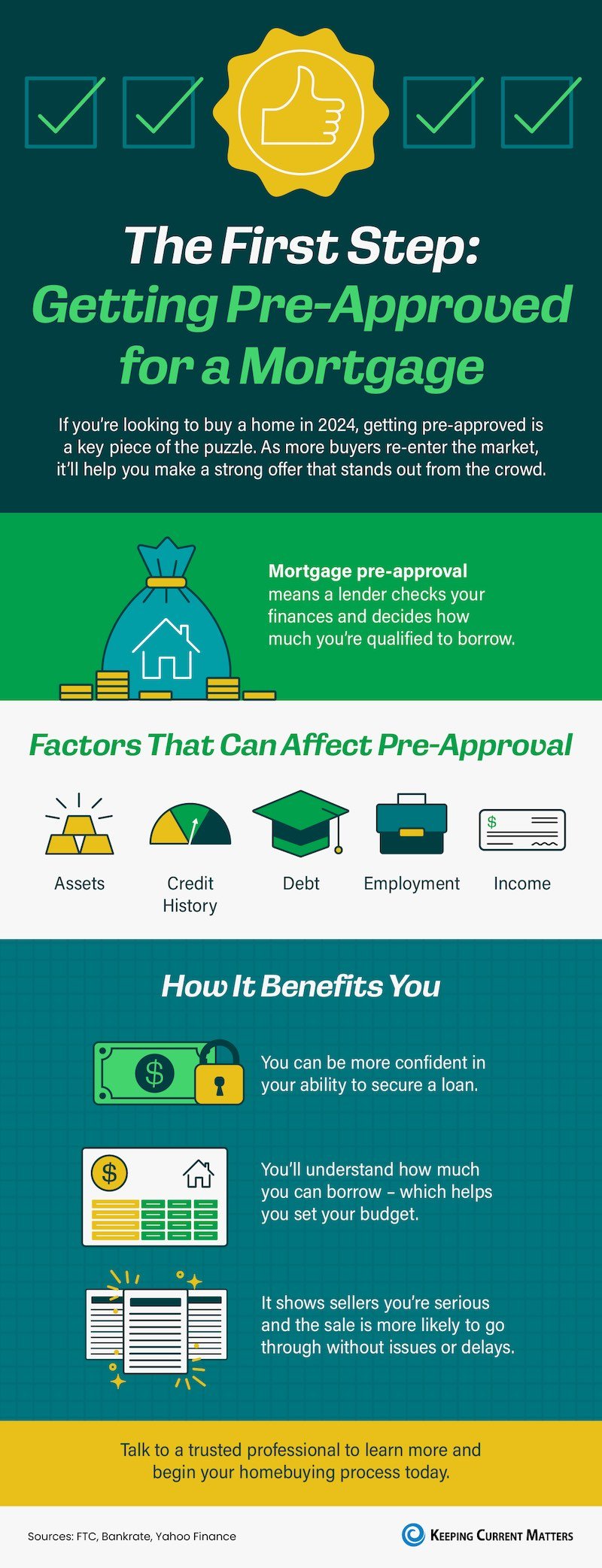Charge up your tax savings by getting money back — and savings on utility bills.
If inflation has an upside, it may be energy improvement tax incentives. The Inflation Reduction Act of 2022 offers tax credits to homeowners who make specified home energy efficiency improvements.
It can be costly these days for homeowners to pay high utility bills while maintaining and improving their homes. You can help offset those costs by using new home energy efficient tax credits that go far beyond similar tax credits of the past. While you reduce energy usage, these tax credits could charge up your savings.
“There have been a number of tax incentives for energy in the past decades, and they’ve been very helpful,” says Evan Liddiard, CPA, director, federal taxation, federal policy and industry relations with the National Association of REALTORS® in Washington, D.C. “But these new ones leave them in the dust because there are more incentives and more money on the table. Earlier laws had lifetime limits. Once a taxpayer had credits up to that limit, they couldn’t claim more. But these new rules have no lifetime limits in some of the categories. However, there are some year-to-year limits.”
Two Types of Tax Credits: How They're Different
The tax credits are divided into two types: the Energy Efficient Home Improvement Credit and the Residential Clean Energy Credit, says Courtney Klosterman, home insights expert at Hippo Home Insurance Group.
Energy Efficient Home Improvement Credit
This tax credit is available to homeowners making qualified energy efficient improvements to their homes. These can include exterior doors, windows, skylights, insulation, and air sealing materials or systems. Homeowners can request home energy audits from professional home energy auditors for tax credits of up to $150 per year. Auditors show homeowners where they’re losing energy and identify possible home health and safety issues. The home energy audit could help homeowners save up to 30% on their energy bills by making recommended improvements, according to the U.S. Department of Energy, Klosterman says.
Under the same program, the installation of ENERGY STAR’S most efficient exterior windows and skylights can earn owners credits up to $600 per year, Klosterman says. Installing heat pumps and biomass stoves and boilers with thermal efficiency ratings of at least 75% qualify for up to a $2,000 credit per year. Qualified improvements for that $2,000 credit include new electric or natural gas heat pumps, electric or natural gas heat pump water heaters, and biomass stoves and boilers, according to irs.gov.
Homeowners can claim tax credits of up to 30% of what they spend in a year for every year up to 2032, Liddiard says. If an owner spent $4,000 on insulation one year and claimed a $1,200 credit, they could buy improved windows and skylights for $4,000 the next year, claiming another $1,200.
Residential Clean Energy Credit
This tax credit is available to homeowners who invest in renewable energy for their homes, including solar, wind, geothermal, fuel cells, or battery storage technology, Klosterman reports.
This credit intentionally covers improvements that aren't common yet, Liddiard says. “The tax credit was put together with an eye toward what might become more widely available over the next 10 years, such as fuel cells. Congress took the time to really look forward to what could be widely available in the next decade.”
“It might be advisable to get started by having a home energy audit and learning what an expert recommends,” Liddiard continues. “And then you plan it out per year for the maximum tax credit. You’re gaining the maximum tax credit for what you intend to do over a period of years.”
After 2032, the Residential Clean Energy Credit annual reimbursement drops to 26% in 2033 and 22% in 2034, according to Liddiard. “Another nuance: If you do all the upgrades in one year, you can carry forward to future years what credits you don’t use."
There are key distinctions between the two types of tax credits: “This carry-forward is not available with the Energy Efficient Home Improvement [Credit],” Liddiard says. In addition, a rule on the Energy Efficient Home Improvement Credit says the home can’t be new and must be an existing home and primary residence.
The Residential Clean Energy Credit can be used by an owner of either a new or existing home and even if you are a tenant in a rental home. In addition, some of these credits can be claimed on a second home if you’re not renting it out, Liddiard says.
Prioritizing Energy Efficiency Projects
Planning is essential in prioritizing energy efficiency projects, says DR Richardson, cofounder of Broomfield, Colo.-based Elephant Energy, which helps homeowners upgrade their homes and make them more climate friendly. “An average home will have one water heater and one furnace, and you want to plan it out,” he says “You want to install the heat pump one year and the heat pump water heater the next year to maximize those credits.”
For energy improvements made during 2023, claiming the Energy Efficient Home Improvement Credit requires homeowners to file Form 5695, Residential Energy Credits Part II, with their tax returns. The credit must be claimed for the tax year in which the installation was made, not the year it was merely purchased, the IRS states.
Avoid the mistake of installing equipment that isn’t efficient enough to qualify for the tax credits, Richardson says. “And, of course, the federal government doesn’t make it perfectly clear to the average consumer which products are sufficiently efficient,” he adds. “So, you want to work with a contractor. Most buyers are not buying from the store, and the average salesperson would not necessarily know.”
Newer Homes Can Benefit from Energy Efficiency Too
Liddiard speaks about home energy efficiency improvements from personal experience. He recently had to replace the furnace in his 11-year-old home. “It’s remarkable how much improvement has gone into furnaces in just 10 years,” he observes.
“Your home does not have to be 40 years old for you to reap significant benefits and tax credits from energy efficient home improvements you undertake.”
For the original article Updated on March 8, 2024 by JEFFREY STEELE visit Houselogic.










